“One of them, who they called ‘Doctor,’ drew his gun and put its cold barrel to my temple. He started shouting. ‘If you value your life – tell us who put you up to this!’ he said. I was terrified. No matter how many times I begged them and said that I had no connections with anybody else, they did not let go. Then I heard the trigger being pulled and I almost passed out.”
These are the words of Mansour Abdollahi, one of the many who were arrested during nationwide protests in Iran in late 2017 and early 2018. He says that he was detained by the Revolutionary Guards for 12 days and that he was tortured. Abdollahi has since left Iran and lives in western Europe.
Abdollahi, born in 1986 in Tehran, has a degree in computer science. He does not belong to any political group, he says, and he participated in the protests only because he wants people’s lives to improve.
“I know nothing about politics so I don’t support any specific political group,” says Abdollahi. “I was only trying to promote the needs of the people as a private citizen. And, in any case, since I was participating in the demonstrations, I chanted the same chants as the rest of the crowd. If they chanted ‘Reza Shah [king of Iran, 1925-1941], bless your soul,’ I chanted the same. Every day we saw our country going towards the precipice.”
Abdollahi was working as a sales supervisor for Nano Sanat Sepehr Company, an importer of medical and beauty equipment, before he left Iran. Whenever protesters took to the streets, at the end of 2017 and the beginning of 2018, he would rush to central Tehran after work to join them.
“It was January 1,” he remembers. “A neatly dressed young man, who was chanting alongside me, asked me to go with him to the other side of the street. I did. When we reached a less crowded area he grabbed my hands from behind and several men descended on me and put me on a motorbike.” He was sandwiched between two agents and taken away.
The young man looked so proper that Abdollahi did not imagine he could be a security agent. “I struggled so much that the three of us fell to the ground,” he says. “A woman came forward and shouted ‘What do you want with him? Let him go!’ As I was struggling they put me down with a Taser. Then they tied my hands behind my back and took me to a corner where others were sitting also with their hands tied, waiting for the Revolutionary Guards’ vans to take them away.”
Protecting Your Face with Your Belly
The Guards blindfolded Abdollahi and took him to the basement of a building where he could hear screams. “The moment I took my first steps into the basement, a few people with heavy boots started kicking and beating me,” he says. “The only thing I could do was to hide my face over my belly to protect it from injury. They beat me nonstop. When they got tired they went away and only two of them remained. They called each other ‘Doctor’ and ‘110’. I was still blindfolded. I was interrogated, threatened with rape, beaten, slapped and kicked for hours. They insisted that I must confess that I was either a monarchist or that I was duped by the People’s Mojahedin Organization,” an anti-Islamic Republic group outside Iran.
After ‘Doctor’ drew his gun, pointed it to Abdollahi’s head and pulled the trigger, Abdollahi saw that it was a ruse, that he was still alive. He took a breath. Then his interrogators started mocking him.
“Hit him in the knee!” the interrogator said, according to Abdollahi, speaking to the other agent. “Hit him in the knee!” Under this horrifying physical and psychological torture, he begged them to him in the head. “’If you are a Muslim and believe in the Imam Hossein [a Shiite saint],” Abdollahi told his tormentors, “how can you tie my hands and feet and beat me when I cannot defend myself?”
The agent laughed and started to shout vulgar curses at the Islam he said I believed in. A few minutes later I felt that my head, my neck and my back were wet. At first I thought they had been drinking tea or water and they had spilled it on me. But then I smelled urine. I was devastated. But I did not let myself cry. In any case, I endured.”
We Give You Both the Questions and the Answers
After a few days of interrogation, the detainees are transferred to Evin Prison’s Ward 2A which is under the control of the Revolutionary Guards. Prisoners are then seated on the floor, next to each other, handcuffed and facing the wall.
“We were there together for about an hour and we did not dare to even look at each other because the ceiling was covered with surveillance cameras,” remembers Abdollahi. “Nobody talked to anybody. Then they called our names, one by one, to go to the interrogation room a floor below. The interrogator was a different person [from the arrest] and the questions were also a bit different. But most of the questions were about what group I was affiliated with and who gave me my orders. A bench like a school bench was placed in a corner, where I sat. The interrogator, who had his face covered, dictated the questions and I wrote them down. Then he dictated the answers and I wrote them down, too. Then I signed the interrogation papers and handed them over.”
The following night the prisoners were loaded into an ambulance – a particular ambulance well-known to people arrested during the protests because the glass between driver and the back cabin was broken and replaced with cardboard. The prisoners were divided into two groups and taken to Branch 1 and Branch 2 of Shahid Moghadasi Court at Evin Prison to supposedly appear at the first session of their trials. But there was no trial and they did not even informed of their charges – which is a requirement under Iranian law.
“We sat in the hallway,” Abdollahi says, “and did not even enter the so-called courtroom. The security agents took our case files into the courtroom, returned after half an hour, loaded us again into the ambulance and took us back to prison.”
He later tried to report his experience of torture to prison officials. “We were kept in Ward 6,” he says. “Then we noticed there was a lot of traffic in the ward, with people coming and going for hours. They were aid workers or people from the warden’s office. We found our that the fuss was because Sina Ghanbary had died. And then a meeting between us and prison officials was arranged.”
The 22-year-old Ghanbari was a protester who died in custody in Evin Prison in January 2018. Officials initially said that he had died of “unknown causes;” but later, Mostafa Mohebi, head of Tehran’s Prisons Organization, claimed that Ghanbari had hanged himself in a prison lavatory. Many doubt Mohebi’s claim and suspect that Ghanbari was murdered.
Your Fertile Imagination
Abdollahi was allowed to talk to the prison warden and Judge Hosseini of Branch 2 of the Revolutionary Court. He told them that he had been tortured during his interrogation. The warden and the judge told him he was imagining things, and that if he repeated them they would send him somewhere that nobody could find him.
“I told them that one of the agents put an empty gun to my head and pulled the trigger. I said that the agents urinated on my head while my hands and feet were tied. And in return they told me that it was all a figment of my fertile imagination,” Abdollahi says.
A few days later Abdollahi and other detainees were taken to a meeting and were told to list someone who could post a property bond for them to be released on bail.
“I said that I had no one who could post a property bond for me,” he says. “A tall thin man, who some of the other prisoners said was the head of the prison, said that ‘If you don’t have anybody to do this for you, then why do you go chanting in the street and get yourself into trouble?’ I answered that I was taking part in a peaceful protest and asked him why I had been tortured. The man shouted back: ‘If you want us to help you to get released, then do not repeat these words – ever!’”
Abdollahi believes that it was the death of Sina Ghanbary and a statement by Human Rights Watch, in protest at Ghanbary’s death, that led to his release and the release of others arrested during the demonstrations.
“They panicked,” he says. “That is why within a few days they dropped their demand for bail from a property bond of 500 million tomans [$120,000]” and accepted other kinds of bail guarantees. “Eventually they released me, and 26 others, when we gave them our national ID cards.”
But a few hours before they were released, they were forced to sign handwritten papers that they were not allowed to read. “It was three pages,” says Abdollahi. “They would not allow us to read the document. No matter how much we insisted that we had the right to know what we were signing, they said ‘This is the only way for us to release you. If you want to get out of here, stop protesting and sign the papers.’” It was after signing these papers that we were freed – with injured bodies and exhausted spirits.”
Related Coverage:
Fresh Protests on Streets of Iran, June 25, 2018
Ayatollah Khamenei Blamed for Recent Protests, May, 2018
Interior Minister Warns of Future Protests — But Offers no Solutions, March 13, 2018
More Protests to Come as Widespread “Discontent and Mistrust” Continues, February 28, 2018
Does Khamenei’s Apology for “Injustice” Mean Anything?, February 19, 2018
Protests in Iran: A Chronology, January 5, 2018
European Citizen Among More than 1000 Arrested in Iran Protests, January 4, 2018
Why Reformists Do Not Empathize with the Protesters, January 2, 2018
Hundreds Arrested in Iran as Protests Continue, January 2, 2018
People Have Left the Reformists Behind, January 2, 2018
A second revolution in Iran? Not yet., December 31, 2017
Eyewitness Reports of Protests at Tehran University, December 31, 2017
Iran Officials Blame Each Other and Foreigners for Protests, December 30, 2017
Isfahan’s Friday Prayers Leader: Praising the Shah Was Shocking, December 30, 2017
Protests in Iran Do Not Spare the Supreme Leader, December 30, 2017
Iran Rocked by Second Day of Street Protests, December 29, 2017
visit the accountability section
In this section of Iran Wire, you can contact the officials and launch your campaign for various problems






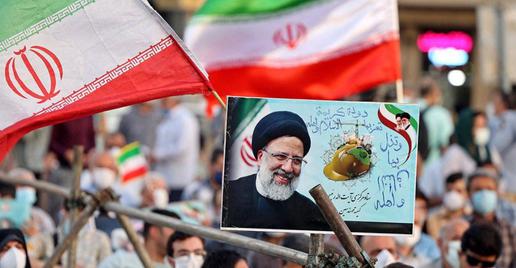


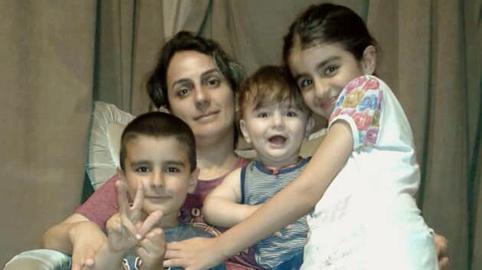
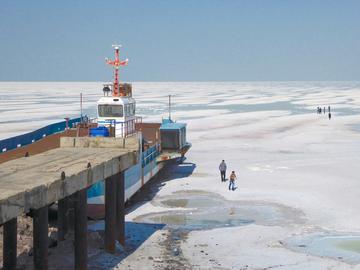
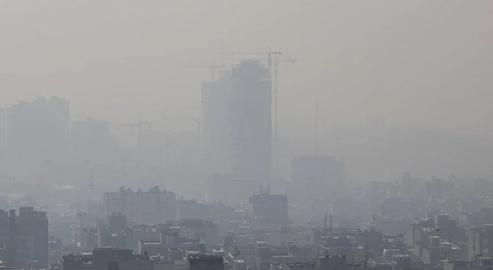
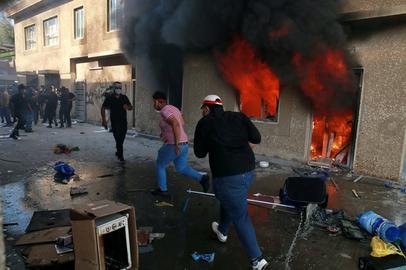

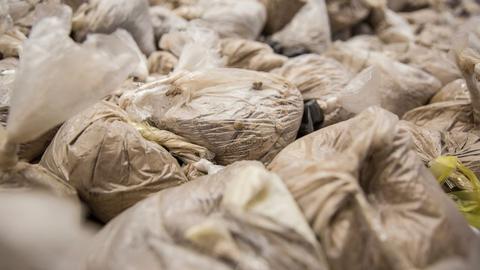
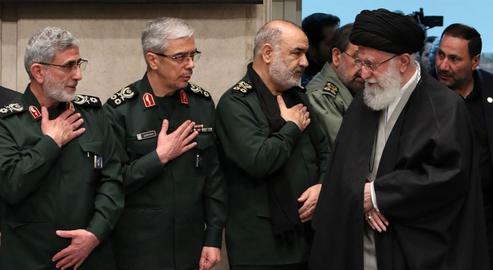
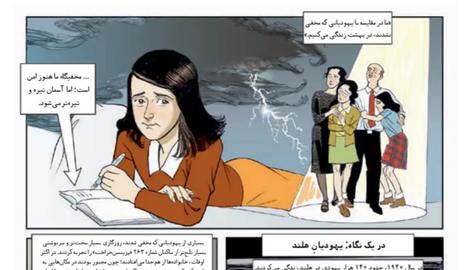


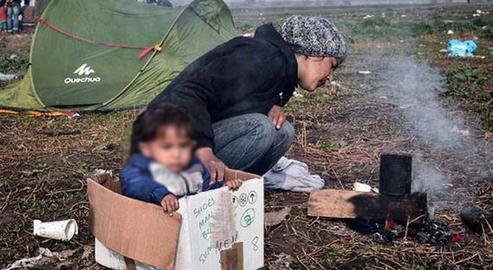
comments